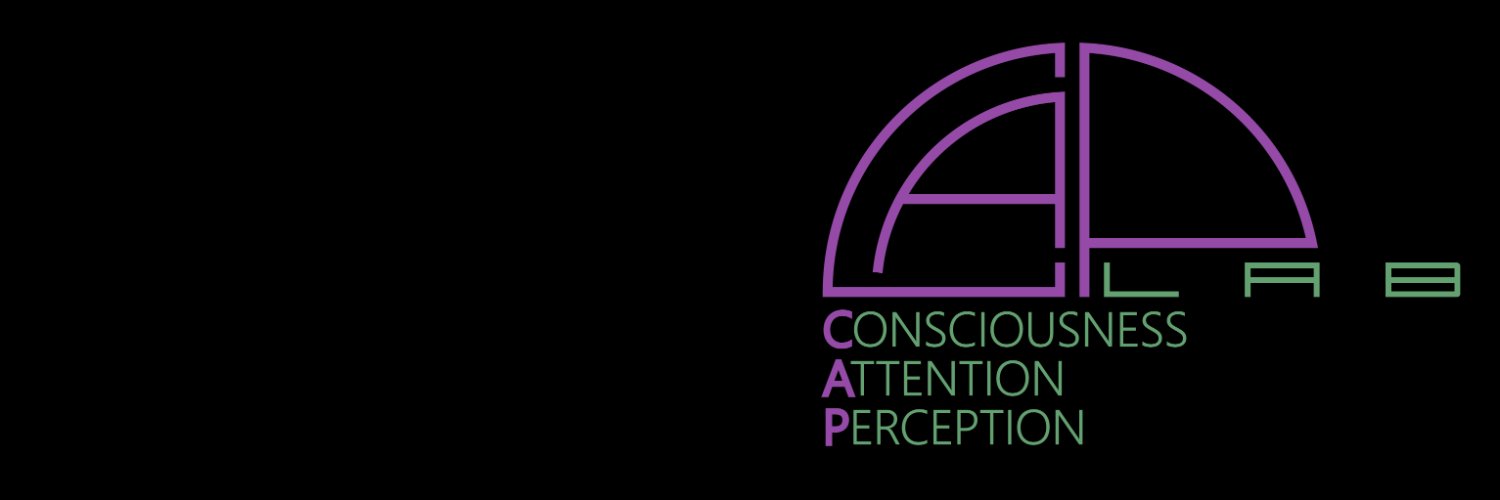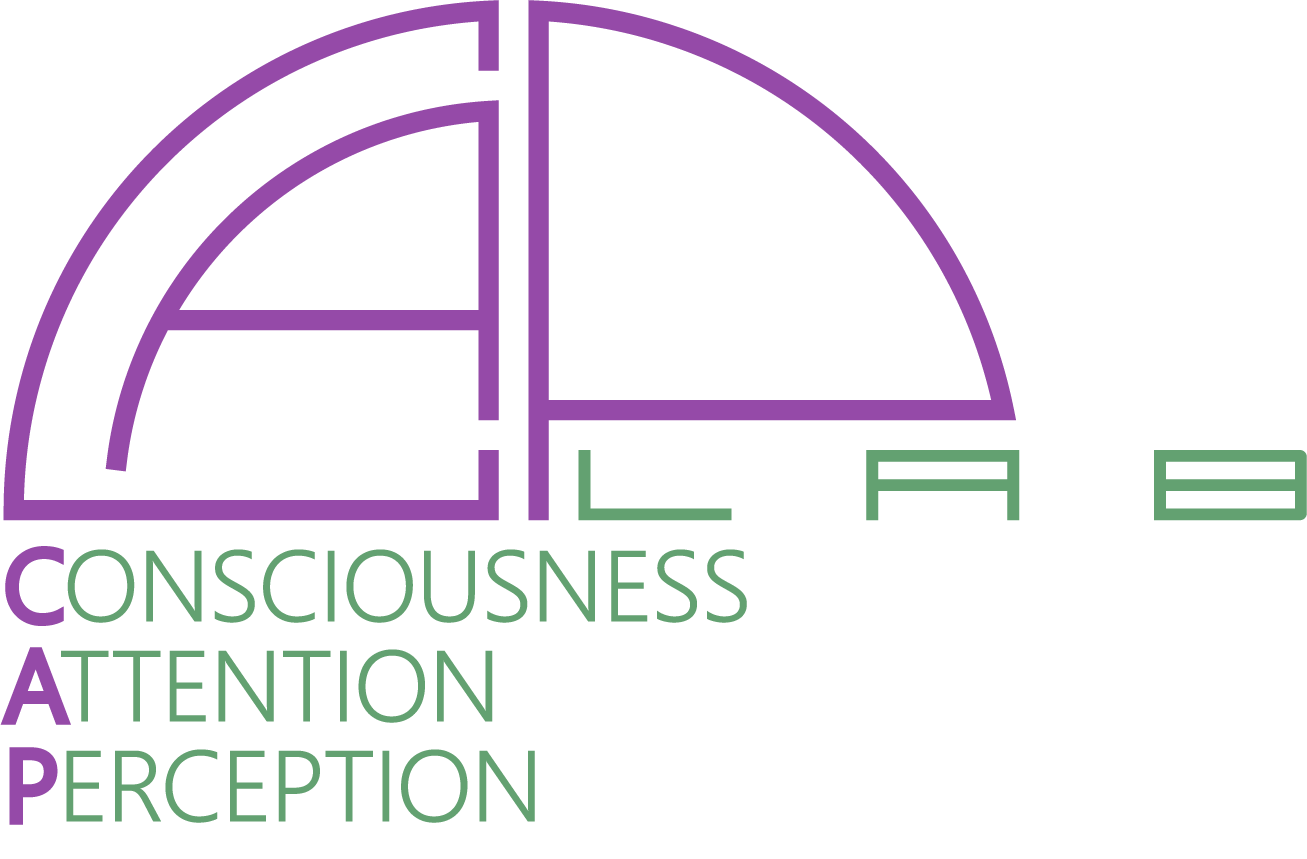
Surya Gayet
@SuryaGayet
-moved to BlueSky- Cognitive (neuro)scientist • Studying visual perception, memory, attention, awareness • Assistant professor at Utrecht University • CAP-Lab
🚨Hi Tweeps, please allow me proudly present the CAP-lab website: cap-lab.net Where CAP stands for Consciousness, Attention, & Perception (and coincidentally refers to my favorite clothing attribute). Please, have a look, and don't forget to follow my PhD students!

How fast do we extract distance cues from scenes 🛤️🏞️🏜️ and integrate them with retinal size 🧸🐻 to infer real object size? Our new EEG study in Cortex has answers! w/@DKaiserlab @SuryaGayet @MariusPeelen Check it out: doi.org/10.1016/j.cort…
Dance for me, algorithm, dance for me #donthatetheplayerhatethegame
time to fake my account being active so I get an algorithmic boost when I post 5 new papers in the next couple weeks
New paper out by the awesome Luzi Xu! We asked whether mere exposure to (currently disregarded) visual objects, expedites encoding of these objects into memory when we select them for action later. Our data show that we passively build up memory traces for (non-selected) items.
🚨New paper out in JEP:HPP with @AndreSahakian @SuryaGayet Chris Paffen @SvanderStigchel!In this study, we asked whether memory traces are formed for items that have not yet been selected for immediate action, while we are actively sampling targets for imminent action.
🚨 New paper 🚨 from cap-lab.net, just accepted in Journal of Experimental Psychology: General. In the 1st paper from his PhD, @YichenYuan6 (w @NathanvdStoep) investigated how we combine hearing & vision to perceive & predict the location of objects. TLDR & preprint:
New paper accepted in JEP-General (preprint: osf.io/preprints/soca…) with @SuryaGayet & @NathanvdStoep. We show that observers use both hearing & vision for localizing static objects, but rely on a single modality to report & predict the location of moving objects. 1/9
It seems like most of academia is moving to the alternative 🦋 (BlueSky). Follow me there: @suryagayet.bsky.social See you on the other side :-)
📢 Onderwijs en onderzoek zijn cruciaal om de grote vraagstukken van onze tijd aan te pakken! Toch bezuinigt het kabinet-Schoof €1 miljard op hoger onderwijs en wetenschap. Wij komen in actie tegen deze bezuinigingen! Teken jij ook de petitie? campagnes.degoedezaak.org/campaigns/stop…
🧵Join us for a short tour of how a large-scale MEG dataset collected during active vision made us question it all. New work with @carmen_amme @PhilipSulewski @EelkeSpaak @martin_hebart @konigpeter biorxiv.org/content/10.110…
Sushrut is one of these few people who will single-handedly crank up the IQ of your department. Any UK-basee lab or institute looking for a fun and super smart person working on the intersection of computational neuroscience and machine learning, do reach out to him!
🚨 Looking for a postdoc/research-scientist/lecturer position in the UK 🇬🇧, mid-2025! Q: How does the visual cortex acquire its expressivity (SSL/RL), process visual relations, and interface with decision-making networks? #NeuroAI #CogSci #CompNeuro CV: sushrutthorat.com/assets/cv-full…
🚨Very proud to see the awesome Dan kicking some academic ass in the first preprint of her PhD! Using 3 experimental tasks, we show that humans can flexibly control to what extent working memory content influences early visual processing, with next-to-no loss in recall precision.
New preprint out🚨 with @SamsonChota @LUZIXU1 @SvanderStigchel @SuryaGayet, titled “The priority state of items in visual working memory determines their influence on early visual processing” osf.io/preprints/osf/…
🚨 New preprint out 🚨 led by superstar @LuChunYeh. To estimate the size of objects in the world, we need to combine the object's retinal size with pictorial distance cues from the surrounding scene. Using EEG and decoding methods we show how this process unfolds over time.
New preprint led by @LuChunYeh, with @MariusPeelen & @SuryaGayet: Using EEG, we delineate how neural representations of real-world object size emerge from interactions of the object's retinal size and pictorial distance cues from the scene context. 🐻🧸🛤️biorxiv.org/content/10.110…
New article w/ @arora__borealis! A recent paper (@freekvanede @KiaNobre) found a neural correlate of sampling from memory representations to guide decision-making. We discuss the findings and provide future steps. Now in Journal of Neuroscience jneurosci.org/content/44/39/…
I couldn't envision a better place to do a PhD! I had a great time here, and still am. They're looking for a PhD candidate who will use EEG & behavioral methods to study visual attention. Feel free to reach out & ask me about the environment/team (I'm not involved in the project)
We are looking for a new colleague! #Vacancy for a 4 year fully-funded PhD position in cognitive psychology. The candidate will investigate individual differences in the spotlight of visual attention. Apply before October 6th! uu.nl/en/organisatio…
New paper out in Psych Science, spearheaded by the awesome @LUZIXU1, titled "statistical learning facilitates access to awareness". See the cited tweet below for a short thread, and read the linked press release for a laymen's summary (in Dutch): uu.nl/nieuws/wat-je-…
New paper out in @PsychScience with @chrispaffen, @SvanderStigchel, & @SuryaGayet. We used three distinct paradigms and consistently found that statistical learning influences the prioritization of visual objects in accessing consciousness. OA: doi.org/10.1177/095679…
New preprint out! The number of things (or: numerosity) you perceive, is affected by the number of things you were previously exposed to. In this fMRI study led by @zlyhhh3 we show that such numerosity adaptation may originate in early visual areas that respond to image contrast.
Our preprint work shows that slopes of numerosity monotonic responses are affected by adaptation to different numerosities in early visual cortex. I really appreciate my coauthors @benmarkharvey @SuryaGayet @serge_dumoulin @evi_hendrikx and @zzluu99. doi.org/10.1101/2024.0….
🚨New paper🚨 In 2017 the major Dutch science funder (@NWONieuws) initiated a grant scheme for replicating cornerstone studies. Lead by the Replication in Action team, we (laureates from different disciplines) share our recommendations & experiences conducting these replications.
Replication studies in the Netherlands: Lessons learned and recommendations for funders, publishers and editors, and universities tandfonline.com/doi/full/10.10…